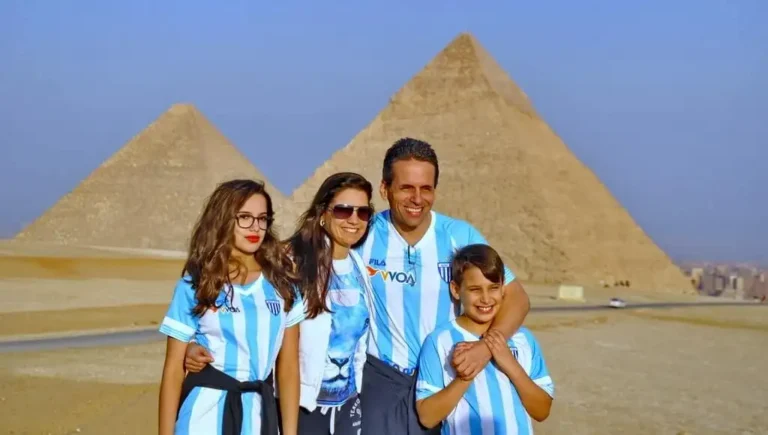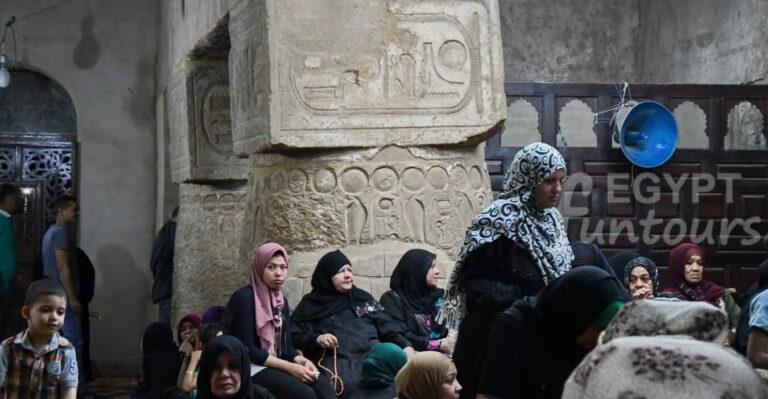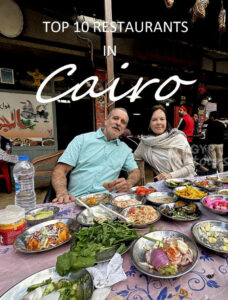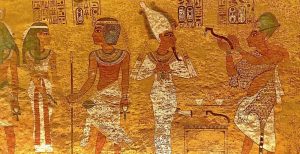Edfu Temple: Location and Significance
Edfu Temple sits in Edfu, a small city on the Nile River‘s west bank. Located between Esna and Aswan, Edfu has a population of approximately sixty thousand people. The town is known for its major Ptolemaic temple. Builders constructed it between 237 BCE and 57 BCE, into the reign of Cleopatra VII. Of all Egypt’s temple remains, the Temple of Horus at Edfu is the most completely preserved.
Construction and Layout

Built from sandstone blocks, this huge Ptolemaic temple stands over the site of a smaller New Kingdom temple. The earlier temple oriented east to west, facing the river. The later structure faces north to south. It leaves the ruined remains of the older temple pylon visible on the east side of the first court.
Founders and Festivals

King Ptolemy III founded Edfu Temple. All kings of his dynasty shared it. Horus Temple ranks as Egypt’s second-biggest ancient temple, after Karnak. Ancient Egyptians celebrated five different festivals here. The most important honored the divine birth of god Horus. They also celebrated his holy wedding with the goddess Hathor, the cow goddess.
Architectural Design and Scenes

Its design mirrors a typical Egyptian temple, like Karnak or Luxor Temple. It begins with an open courtyard and a pylon. Scenes inside focus on the holy wedding of Horus and Hathor. You can see 31 priests carrying the holy boat of god Horus. They leave the temple on their way to the Nile. This marks the start of their journey north to meet goddess Hathor in Dandarah.
Unique Features
A birth chapel stands outside the temple. It sits west-south of the open courtyard. It commemorates the holy birth of Horus. Many representations show the boy king, Horus, suckling from his mother, goddess Isis. A small boat rests in the sanctuary. French Egyptologist Mariette Pacha made it to recreate god Horus’s holy boat.

One of the most visited chambers in this temple is the shrine of Nut. Nut, Horus’s grandma, appears on this chamber’s ceiling. She stretches to cover the four corners. It features light blue in one half and dark blue in the other, with yellow stars.
A birth chapel stands in the outside part of the temple, west south of the open courtyard. It commemorates the holy birth of Horus with many representations showing the boy king as Horus, suckling from his mother, goddess Isis. The sanctuary also displays a small boat, which French Egyptologist Mariette Pacha made to recreate the holy boat of the god Horus.
























